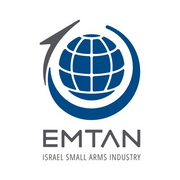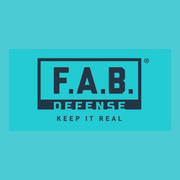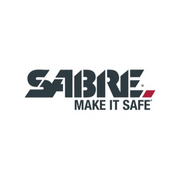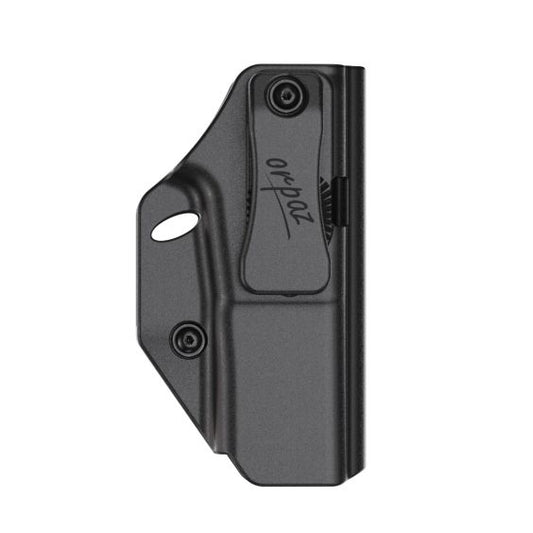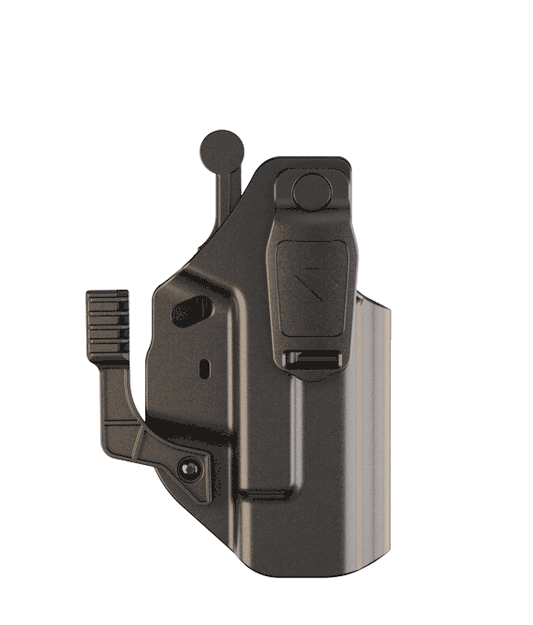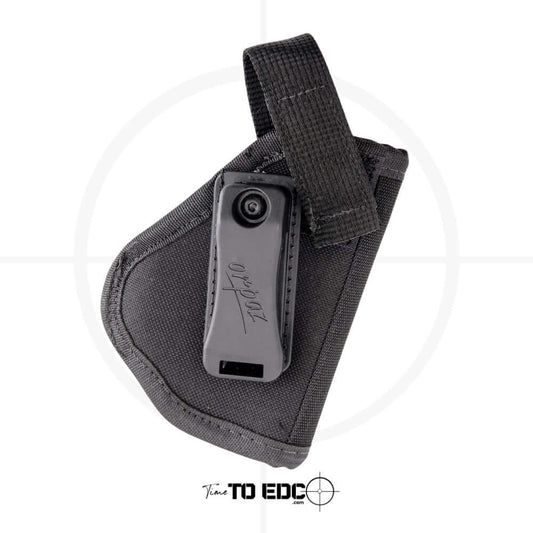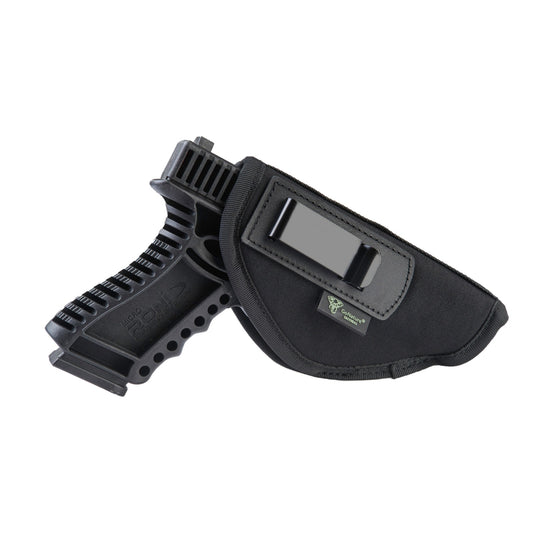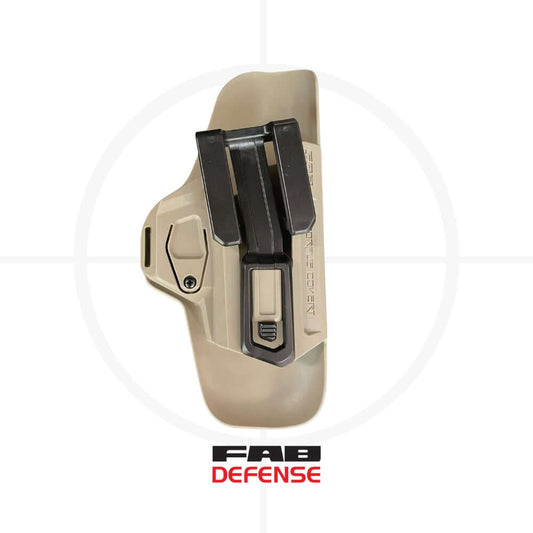
The complete guide to fireproof combat clothing
Diego CohenWhat do you know about fireproof tactical clothing??
Fire - resistant clothing ( FR ) is an important part of the range of tactical equipment designed to protect fighters in extreme conditions. In this guide we will examine the differences between the different types of fabrics used to produce fireproof clothing, international standards and other important information.
Types of fireproof fabrics:
Inherent FR Fabrics :
These fabrics are made from fibers that are naturally fireproof, that is, the fireproof feature is an integral part of the fiber itself and cannot be washed or worn away. Examples of these fabrics include Nomex and Kevlar . The main advantages of inherent fabrics are a high level of protection, durability over time and maintaining the fireproof properties throughout the life of the product. However, contrary to the popular opinion in the past, new technologies make it possible to produce inherent fabrics that are very comfortable to use.
Treated fabrics (Treated FR Fabrics):
These fabrics are ordinary fabrics that have undergone a chemical process to become fireproof . The chemical treatment gives the fabric its fireproof properties, but it should be taken into account that over time and especially after many washings, these properties may weaken. Often, treated fabrics will be cheaper than inherent fabrics and can be more comfortable to wear.
No Melt No Drip Fabrics :
These fabrics are designed to ensure that when exposed to fire, they will not melt or drip, reducing the risk of severe burns. They are not fireproof, but provide additional protection in certain emergency situations. Usually, this type of fabric is made of a mixture of nylon and cotton ( Nyco ).
international standards
There are several international standards that determine the level of protection and performance of fire-resistant clothing:
ISO 11612 This standard defines requirements for clothing designed to protect the body from heat and flames.
NFPA 2112 American standard specifying requirements for fireproof clothing for use in flammable industries.
EN ISO 14116 European standard specifying requirements for clothing with flame retardant properties.
the quality of the products.
It is very important to note that when companies do not indicate the type of raw material in the fireproof clothing they sell, it can indicate that the products are not of high quality, and sometimes not even fireproof at all. The complete details of the product must be carefully checked before purchase to ensure real and high-quality protection.
When should fireproof clothing be used ?
FR clothing will often be used in a work environment where there is a risk of ignition, such as:
Danger of anti-tank fire.
Working near artillery, tanks, and shells.
Dangers from Molotov cocktails, fuels, gas, and improvised explosive devices.
In short, massive fighting.
When should "non-melting and non-dripping" clothing be used ?
" No Melt No Drip Fabrics" are especially suitable for work environments where there is a lower risk of being exposed to direct fire, such as:
Tactical activities where the risk of being exposed to direct fire is low.
Situations where maximum comfort and light weight are required.
When do you not need fireproof clothes ?
Operational clothing without flame retardant capabilities are excellent for special operations where there is no aim at all to be exposed or to fight directly.
Summary
Choosing the right fabrics for fireproof combat clothing depends on the specific needs of the user and the environment in which he works. It is important to understand the advantages and disadvantages of each type of fabric and make sure that the products meet the appropriate international standards
This article was written by NIGHT HERON

































